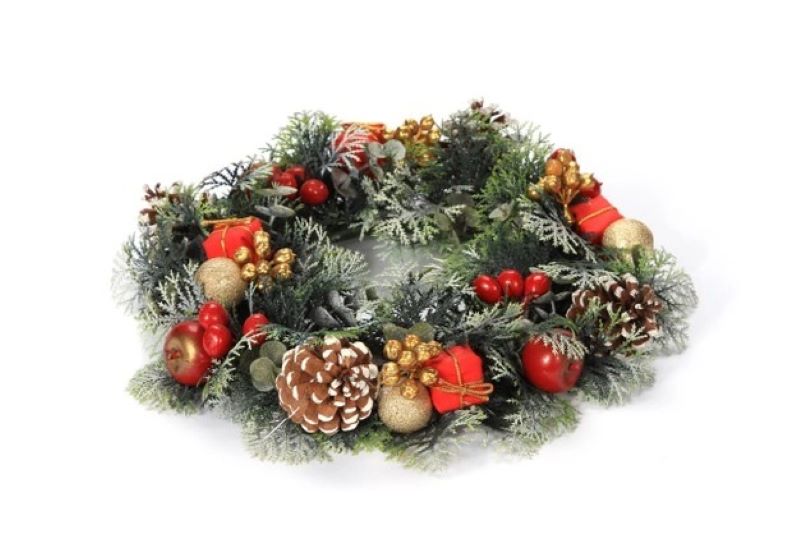
The Magnificent Beginning of Glass Ornaments
The holiday season is incomplete without the glittering and dazzling glass ornaments that adorn our Christmas trees. Glass ornaments have become synonymous with the holiday season, and it’s difficult to imagine a Christmas tree without them. These intricate pieces of art are a symbol of tradition, creativity, and identity. The fascinating history of glass ornaments is a journey through time and artistry, filled with surprising facts and intriguing tales.
The history of glass manufacturing dates back to ancient times, and glassblowing techniques were developed by the Phoenicians in the 1st century BC. However, the art of ornament production began in Lauscha, a small village in Germany. Lauscha was a center of glass manufacturing, where artisans created dazzling glassworks, including glass eyes, lenses, and bottles. In the seventeenth century, the craft of glassblowing was brought to perfection, and glass ornaments began to be crafted. It was in Lauscha where the first glass ornaments were made.
The Rise of Glass Ornaments
Initially, glass ornaments were simple, and it wasn’t until the nineteenth century that ornate designs came to light. Glassblowers created intricate and detailed glass ornaments that soon became popular in homes across the globe. The mass production of glass ornaments began in the 1900s when glass factories in Germany introduced automated machines to produce ornaments. The designs were made in molds, and the machines made it easier and cheaper to produce glass ornaments en masse.
In the early 1900s, World War I threatened to shut down the glassblowing industry in Germany. However, the trade was saved when a U.S. company, the Corning Glass Company, started to produce glass ornaments. Corning Glass Company employed skilled German glassblowers who emigrated to America, and they brought with them the techniques and style unique to the German glass industry. The tradition of glassblowing was thus transferred from Germany to the United States, where it still flourishes today.
The first mass-produced ornaments were simple and monochromatic, but by the 1920s, colorful and ornate designs became popular. People decorated their trees with glass ornaments in various shapes and colors, such as balls, teardrops, bells, and stars. The more colorful and detailed the ornament, the better.

The Great Depression of the 1930s brought about the production of less expensive ornaments to help people dress up their trees, and the use of lightweight materials, such as cardboard and paper mache, became more common. Although a lot of these fragile, lightweight ornaments did not survive till today, they remain cherished memories for many people.
Throughout the years, glass ornaments have evolved from simple designs to elaborate and intricate hand-painted and hand-blown works of art that are highly collectible. Artisans add glitter, paint, glitter and other embellishments to make stunningly unique ornaments.
The Evolution of Glass Ornaments
Today, glass ornaments continue to be popular, and modern technology has made it easier for people to create their own designs using 3D printers and laser cutting machines. Still, the authentic hand-blown glass ornaments and contemporary heirloom ornaments by skilled artisans remain the most treasured.
In conclusion, the history of glass ornaments takes us on a captivating journey through time and artistry. From humble beginnings in Lauscha, glass ornaments have become symbols of tradition and identity, inspiring creativity and beauty. They continue to fascinate us with their intricate designs and colors, and every year, we look forward to seeing them light up our holiday season.